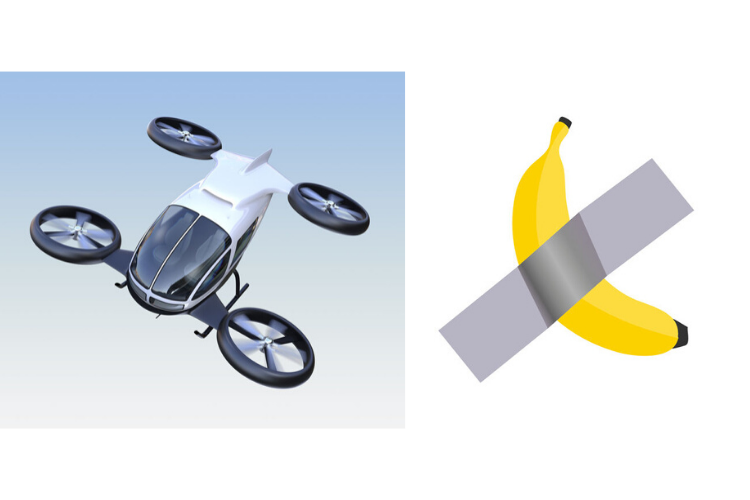
This article first appeared in Capital, The Edge Malaysia Weekly on December 23, 2019 - December 29, 2019
2001: A Space Odyssey (a 1968 science fiction epic directed by Stanley Kubrick) and Blade Runner (1982 sci-fi cult classic directed by Ridley Scott) are critically regarded as two of the greatest and most influential films ever made.
What was new and exciting for audiences at the time was the whole atmosphere of a world full of technology and the notion of what might be possible in the future.
2001: A Space Odyssey, as the title suggests, was set in space in 2001, whereas Blade Runner takes place in Los Angeles in November 2019.
Obviously, both films brilliantly made some accurate predictions as tablet computers, video-calling, artificial intelligence and giant digital billboards are more common today than ever before.
But of course, not every prediction in these movies has come true, at least not yet.
Back in the 1960s until the 1980s, many imagined that with advances in technology, there would be flying cars in the future, and we would be able to eliminate world hunger, cure cancer, inhabit the moon and attain world peace.
Fast forward to today, and off-world colonies are still not within our grasp, although it’s not for lack of trying. (Go get them, Elon!)
We are also not driving around in flying cars just yet, although there are plenty of prototypes, one of which is being built by a Malaysian company. (Let’s beat Elon! Malaysia Boleh!)
Ending hunger, disease, and war? Let’s not even go there.
Just two weeks ago, a taped banana took the art world and the internet by storm.
The banana, which was secured to a wall by a single piece of grey duct tape, began garnering attention after it debuted at Miami art exhibition Art Basel as part of an installation titled Comedian. It was created by Italian artist Maurizio Cattelan.
A buyer paid US$120,000 for the piece. A second edition was sold for the same price, and a third edition fetched US$150,000. The works came with:
- A single banana
- A certificate of authenticity, and — wait for it —
- Instructions on how to replace the fruit!
You may ask, “How is that art?”
It sounds like a reasonable question, but the answer is obvious.
Of course it is not art! Anyone who thinks this could be art has to be crazy.
Even the Miami couple who bought the banana for six figures acknowledged the absurdity of the artwork. They, however, insisted that Cattelan’s banana would become an iconic historical object.
Well, I am not an art critic, so I can’t say I understand Cattelan’s mockery and the Miami couple’s rationale.
But what keeps me thinking is why some people are willing to spend such hefty amounts on artworks they don’t quite understand (or perhaps there was nothing to understand at all), rather than helping those in need.
Ironically, another story emerged about Aruzhan Toleubay, a buzz-haired woman who was captured using her mobile phone to take a shot of the bruised banana while she was volunteering at Art Basel.
Turns out, Toleubay is bald from chemotherapy. And she had recently suspended treatments because she had maxed out the annual limit on her health insurance.
Her latest health bill: US$201,987.85.
If three people were willing to pay US$120,000 or more for a banana, then surely there are those who will help Touleubay with her hospital expenses?
What is the value of life? What is the value of art?
The good news is that her story has attracted attention and friends have used the hashtag #TheRealBananaStory to raise funds for her.
Stanley Kubrick and Ridley Scott may been wrong about off-world colonies in 2001 and flying cars in 2019, but surely, they could not have seen the absurdity of a duct-taped banana coming along.
Save by subscribing to us for your print and/or digital copy.
P/S: The Edge is also available on Apple's AppStore and Androids' Google Play.